China To Phase Out Vehicles Using Gasoline And Diesel 10/09/17 •lweb.es/f3756 •bit.ly/2B5tZBC
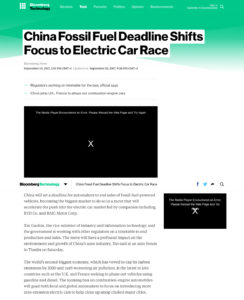 China will put an end to the sale of fossil-fuel-powered vehicles – gasoline and diesel – becoming the biggest market to do so in a move that will accelerate the push into the electric car market led by companies including the Chinese BYD Co. and BAIC Motor Corp.
China will put an end to the sale of fossil-fuel-powered vehicles – gasoline and diesel – becoming the biggest market to do so in a move that will accelerate the push into the electric car market led by companies including the Chinese BYD Co. and BAIC Motor Corp.


 According to the international natural gas association Cedigaz, global liquid natural gas capacity is expected to peak at 387 million tons a year by 2021-2022 from 288 million tons this year at existing or under-construction plants.
According to the international natural gas association Cedigaz, global liquid natural gas capacity is expected to peak at 387 million tons a year by 2021-2022 from 288 million tons this year at existing or under-construction plants. 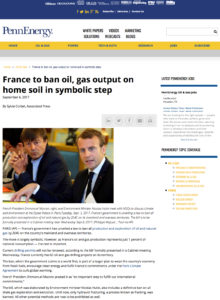 France is to ban all production and exploration of oil and natural gas by 2040 on the country’s mainland and overseas territories.
France is to ban all production and exploration of oil and natural gas by 2040 on the country’s mainland and overseas territories. 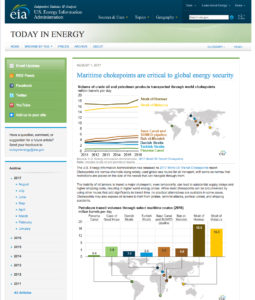 The inability of oil tankers to transit a major chokepoint, even temporarily, can lead to substantial supply delays and higher shipping costs, resulting in higher world energy prices. While most chokepoints can be circumvented by using other routes – adding significantly to transit time, no practical alternatives are available in some cases. Some chokepoints, furthermore, have restrictions on vessel size. By volume of oil transit, the Strait of Hormuz and the Strait of Malacca are the world’s most important strategic chokepoints, with the Cape of Good Hope route being a potential alternative for certain chokepoints.
The inability of oil tankers to transit a major chokepoint, even temporarily, can lead to substantial supply delays and higher shipping costs, resulting in higher world energy prices. While most chokepoints can be circumvented by using other routes – adding significantly to transit time, no practical alternatives are available in some cases. Some chokepoints, furthermore, have restrictions on vessel size. By volume of oil transit, the Strait of Hormuz and the Strait of Malacca are the world’s most important strategic chokepoints, with the Cape of Good Hope route being a potential alternative for certain chokepoints.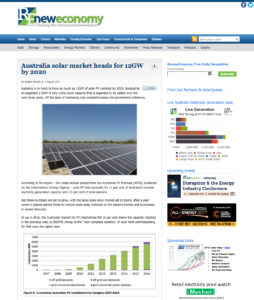 Solar photovoltaic accounts for 11 per cent of Australia’s national electricity generation capacity and 3.3 per cent of total demand.
Solar photovoltaic accounts for 11 per cent of Australia’s national electricity generation capacity and 3.3 per cent of total demand. 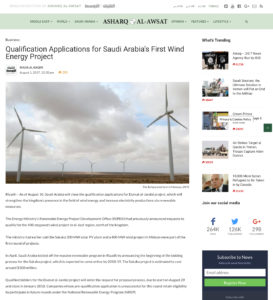 “We are pursuing one of the most ambitious renewable energy development programs globally, installing 9.5 GW of wind, solar and other technologies over the next six years.
“We are pursuing one of the most ambitious renewable energy development programs globally, installing 9.5 GW of wind, solar and other technologies over the next six years.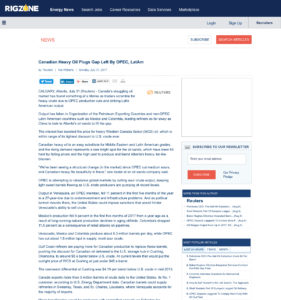 Output has fallen in both OPEC and non-OPEC Latin American countries leading refiners even in China to look to Alberta’s oil sands to fill the gap. This interest has boosted the price for heavy Western Canada Select, Canadian heavy oil being an easy substitute for Middle Eastern and Latin American grades. The discount for Canadian oil delivered to the U.S. storage hub in Cushing is around $5 a barrel below U.S. crude. Canadian barrels could supply refineries in Sweeney, Texas, and St. Charles, Louisiana, where Venezuela accounts for the majority of imports.
Output has fallen in both OPEC and non-OPEC Latin American countries leading refiners even in China to look to Alberta’s oil sands to fill the gap. This interest has boosted the price for heavy Western Canada Select, Canadian heavy oil being an easy substitute for Middle Eastern and Latin American grades. The discount for Canadian oil delivered to the U.S. storage hub in Cushing is around $5 a barrel below U.S. crude. Canadian barrels could supply refineries in Sweeney, Texas, and St. Charles, Louisiana, where Venezuela accounts for the majority of imports.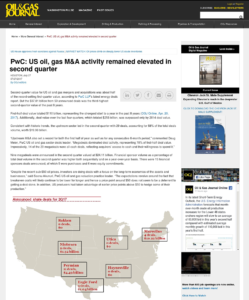 PwC Q2 report: $37.01 billion was the third-highest Q2 value of the past 8 years for U.S. O&G mergers and acquisitions.
PwC Q2 report: $37.01 billion was the third-highest Q2 value of the past 8 years for U.S. O&G mergers and acquisitions. 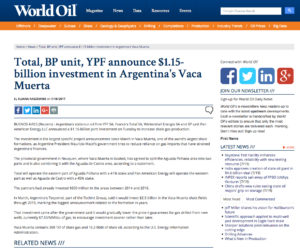 Argentina’s state-run oil firm YPF, France’s Total, Wintershall Energía and BP unit Pan American Energy has announced a $1.15-billion joint investment to increase shale gas production in Vaca Muerta, one of the world’s largest shale formations.
Argentina’s state-run oil firm YPF, France’s Total, Wintershall Energía and BP unit Pan American Energy has announced a $1.15-billion joint investment to increase shale gas production in Vaca Muerta, one of the world’s largest shale formations.  Oil sands will be second to shale as the biggest contributor to global supply growth over the next two years with half a million barrels a day of production scheduled to enter the market. The drive for efficiency, along with lower gas prices, has driven the average break-even operating cost on thermal oil sands to less than $10 a barrel from about $15 in 2014, and expanding or building a site requires a price of $50 to $60. Western Canada’s oil sands production will rise by 720,000 barrels a day to 3.12 million in 2020.
Oil sands will be second to shale as the biggest contributor to global supply growth over the next two years with half a million barrels a day of production scheduled to enter the market. The drive for efficiency, along with lower gas prices, has driven the average break-even operating cost on thermal oil sands to less than $10 a barrel from about $15 in 2014, and expanding or building a site requires a price of $50 to $60. Western Canada’s oil sands production will rise by 720,000 barrels a day to 3.12 million in 2020.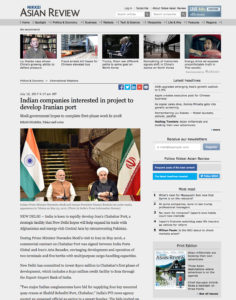 India is keen to rapidly develop Iran’s Chabahar Port, a strategic facility that New Delhi hopes will open up opportunities to Indian companies wanting access to Iran, Central Asia, Russia and other regions beyond. Chabahar sits on the Gulf of Oman near the Iranian border with Pakistan and promises India the possibility of direct sea access from its western coast. India, which imports 80% of its crude oil needs, has a long-standing relationship with Iran, especially in the energy sector. India is the second-biggest buyer of oil from Iran, after China.
India is keen to rapidly develop Iran’s Chabahar Port, a strategic facility that New Delhi hopes will open up opportunities to Indian companies wanting access to Iran, Central Asia, Russia and other regions beyond. Chabahar sits on the Gulf of Oman near the Iranian border with Pakistan and promises India the possibility of direct sea access from its western coast. India, which imports 80% of its crude oil needs, has a long-standing relationship with Iran, especially in the energy sector. India is the second-biggest buyer of oil from Iran, after China.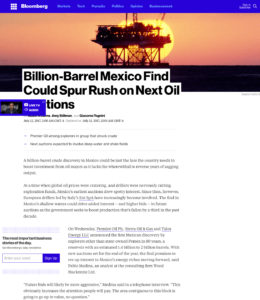 Mexico’s decision to allow private companies to explore for oil and gas in an effort to reverse the decline in the country’s oil production has started to pay off. The Zama discovery announced by Premier Oil, Sierra Oil & Gas and Talos Energy “is the most important achievement so far of Mexico’s energy reform” and “is one of the 15 largest shallow-water fields discovered globally in the past 20 years.” Estimates of oil in place are 1 billion to 1.5 billion barrels. The government will receive a 68.99 percent profit share from every barrel produced.
Mexico’s decision to allow private companies to explore for oil and gas in an effort to reverse the decline in the country’s oil production has started to pay off. The Zama discovery announced by Premier Oil, Sierra Oil & Gas and Talos Energy “is the most important achievement so far of Mexico’s energy reform” and “is one of the 15 largest shallow-water fields discovered globally in the past 20 years.” Estimates of oil in place are 1 billion to 1.5 billion barrels. The government will receive a 68.99 percent profit share from every barrel produced.